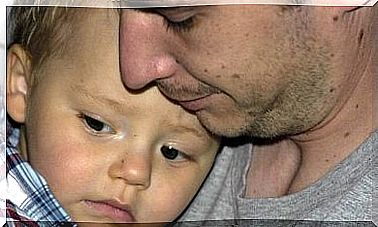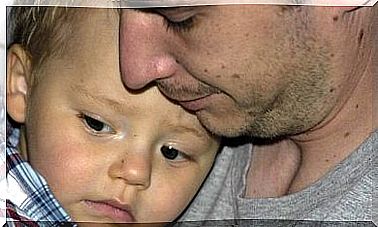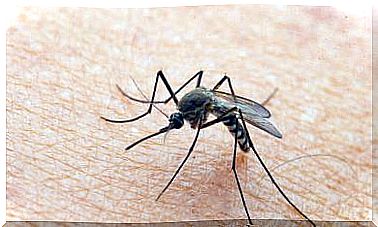The Placenta, Umbilical Cord And Amniotic Sac: The Vital Support System For Your Baby
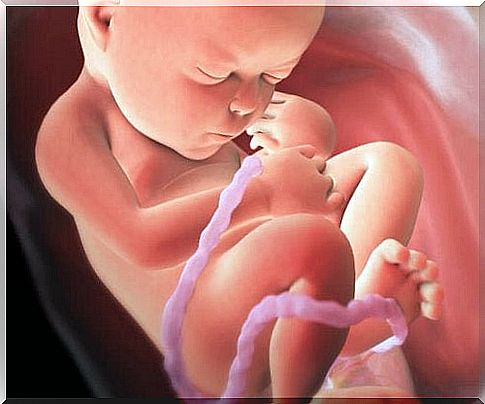
A baby’s development in the womb relies on a support system made up of the placenta, umbilical cord, and amniotic sac. This system is responsible for keeping the baby alive and also ensures the growth of the baby. Each part of this trio has a specific and indispensable function during pregnancy.
Even though this system is something that all babies have in common, these organs are not involved in other processes. They are only formed as the pregnancy begins to develop. All three of these elements are formed exclusively to support the life of a growing fetus.
When the mother has a second child, she will create a new support system for that baby. If the mother becomes pregnant with twins or multiples, they will only share the placenta if they are identical twins.
However, in most cases of twins or multiples, each baby has its own amniotic sac and umbilical cord. Only identical twins can share these organs.
The umbilical cord, placenta and amniotic sac: what are they and what are they for?
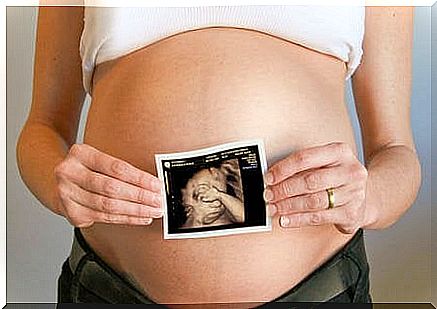
the placenta
The placenta is an organ that sticks to the uterus and communicates with the baby through the umbilical cord. The placenta’s function is to supply the pregnancy hormones, for example human chorionic gonadotropin (hCG). It also makes progesterone and estrogen.
This organ has the responsibility of making the connection between the mother and the baby, in terms of blood supply. The blood circulating through the fetus comes from the mother but is controlled by the placenta. This blood is the channel through which oxygen and nutrients are carried from the mother to the fetus.
The baby’s waste products are also carried through the blood. However, these two products do not mix, thanks to the placenta.
After the baby is born, the placenta expels. His work is then completed. This process of expulsion of the placenta is also known as ‘afterbirth’. This vital fetal support system can cause serious problems for the growing baby if it fails at any point during the process.
If your unborn baby develops in the womb, the pressure on the placenta increases and can lead to bleeding or other complications.
the umbilical cord
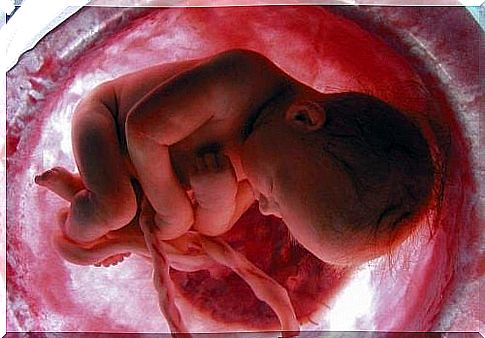
The umbilical cord is the connection between the placenta and the baby. As we have already described, the placenta is a kind of surgery center between the mother and the baby. The umbilical cord is responsible for transmitting the necessary information, acting as a kind of bridge.
This organ is made up of blood vessels made up of a few smaller vessels and a large vein. The two smaller blood vessels are responsible for transporting blood to the placenta, while the vein carries the blood back to the fetus.
An umbilical cord can grow up to 60 centimeters long. The purpose of this length is to give the baby more room to move. In addition, its composition ensures that it is resistant to possible damage that the movements of the baby can cause.
During labour, the umbilical cord comes out, connected to the baby and the placenta, not to the mother. The umbilical cord is cut and most of it discarded. The other end falls off the skin on its own, leaving a navel.
the amniotic sac

The amniotic sac is an organ that is full of amniotic fluid. Its function is to accommodate the fetus during the months of pregnancy. It serves in an indispensable way as a shelter, playroom and home for the baby. The baby develops in the amniotic sac under the conditions determined by nature itself.
The composition of the amniotic sac is ideal as it allows the sac to float, while at the same time providing mobility and protection against external events.
The amniotic sac maintains a temperature of about 37.6 C to provide ideal conditions for the baby. To be most effective, the temperature in the amniotic sac should be slightly above the mother’s own temperature.
The amount of fluid in the amniotic sac increases as the baby develops. Around the tenth week of pregnancy there is about 30 ml of fluid. Around 36 weeks the amount will have increased to about one liter.
This fluid does not leave the mother’s body until it is time to give birth. It actually comes out just before the baby and this is the baby’s first time outside of a liquid environment. The baby is then still attached to the placenta and umbilical cord, which still serve as the baby’s vital support system.

